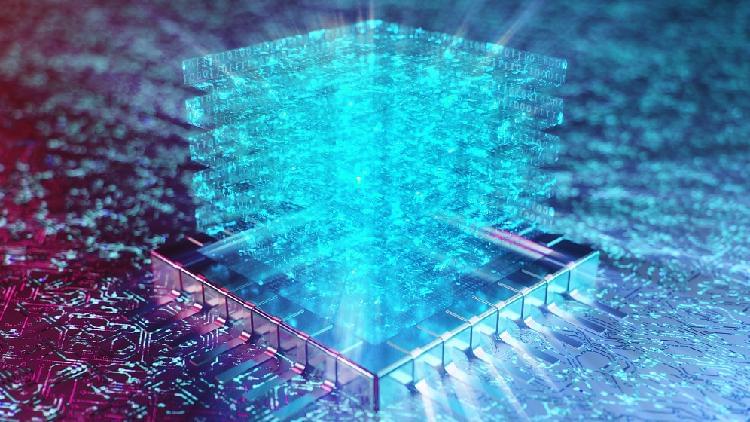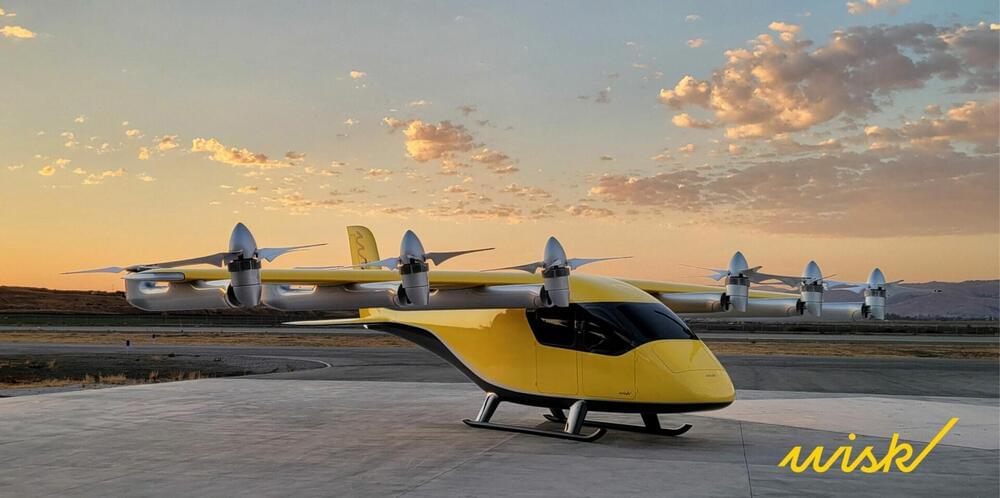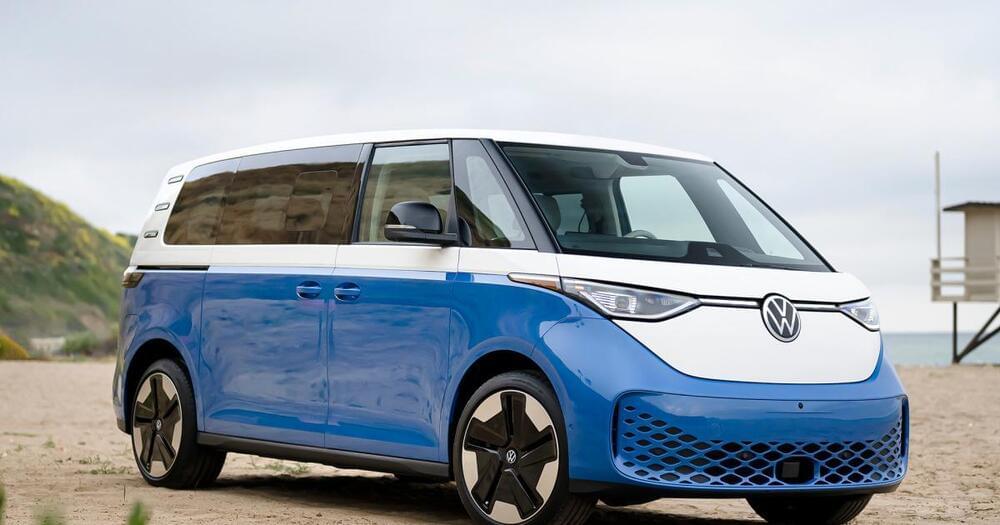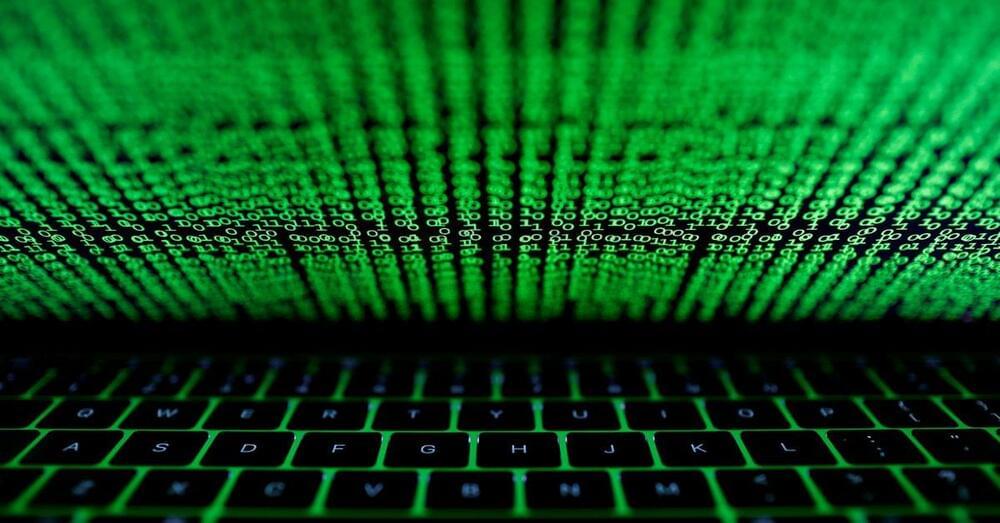An experiment called “A Sign from Space” is meant to explore the process of decoding a signal from the cosmos and its impact on humanity. And you can be a part of it.


Discussion on AI, GPT-4 and the Open Letter”. We discuss and debate 4 areas of concern: Spectrum of Cultural Concepts of AI and GPT-4; Logic of Assertion that Large language models resulting in AGI; Plausibility of AI-Foom vs. Soft take-off; and Practicality of the “AI-pause”.

A 176-qubit quantum computing platform named Zuchongzhi went online for global users Wednesday night, which is expected to push forward the development of quantum computing hardware and its ecosystem, according to the Center for Excellence in Quantum Information and Quantum Physics under the Chinese Academy of Sciences.
Zhu Xiaobo, chief engineer of the project and professor at the University of Science and Technology of China, said that the research team improved the 66-qubit chip of Zuchonghi-2 by adding control interfaces of 110 coupled qubits, allowing users to manipulate 176 quantum bits.
Zuchongzhi 2 is a 66-qubit programmable quantum computing system made in 2021, which can perform large-scale random quantum circuits sampling about 10 million times faster than the fastest supercomputer at that time.

As it contends with a slowdown in 737 Max deliveries at present, Boeing also has its eye on the future.
According to reports this week, the aerospace powerhouse is now the sole owner of Wisk Aero, the self-flying air taxi manufacturer it has been backing since 2019, alongside Google co-founder Larry Page’s Kitty Hawk Corp. Kitty Hawk ceased operations last year but continued to invest in the electric vertical takeoff and landing (eVTOL) aircraft developer.
Now, Boeing has reportedly acquired Kitty Hawk’s shares in Wisk, making it a wholly owned subsidiary, though Wisk CEO Brian Yutko said the air taxi enterprise will retain its independence. Yutko did not disclose the terms of the agreement.
EV Safe Charge.
Ziggy, the portable robotic EV charger that Interesting Engineering reported on last year, will soon be installed at a U.S. airport in a bid to meet the growing demand for travelers owning EVs – so they can easily charge them while they fly.

Volkswagen has finally unveiled the version of the ID.Buzz electric van that’s destined for North America, and there’s more to it than you might think. The three-row design with two extra seats is clearly the main draw for roadtrippers and growing families, but this isn’t just a stretched version of the modern Microbus. It boasts a larger 91kWh battery (versus 82kWh for the two-row), a more powerful 282HP motor for the rear-wheel drive trim (versus 201HP) and a higher 99MPH top speed (versus 90MPH). While there are no range estimates yet, there will also be an optional all-wheel drive configuration with a 330HP dual-motor system.
The interior tech hasn’t changed much from the two-row model, although that’s not necessarily a bad thing. You’ll still face a 5.3-inch digital instrument cluster and a 12.9-inch infotainment display. The larger ID.Buzz now has the easier-to-use interface from the ID.7, though, and you’ll find a total of eight USB-C ports — helpful when friends in the back want to charge their phones. The three-row EV also comes standard with Level 2 driver assistance (including lane centering), and the customizable cabin lighting doubles as a status indicator for everything from charging levels to navigation directions.
The North American van also touts the largest panoramic roof of any car in the VW group at 67.4 inches long, and uses electrochromic glass to turn opaque when it’s not needed. You’ll also find a 110V outlet under the passenger seat area, and a 12V port in the cargo space can charge more of your gear. A nine-speaker audio system is standard, but you can upgrade to a 14-speaker Harman Kardon unit.



In 2018, just as 3D printing was starting to take off as a construction method, Dubai set an ambitious goal: the city wanted to become the 3D printing capital of the world, aiming for a quarter of its new buildings to be printed rather than conventionally constructed.
Follow-through was swift, with the Dubai municipality building becoming the world’s largest 3D-printed structure in 2019. The city is continuing to make good on its goal—and breaking its own record—with an even bigger building, and the first of its kind: the world’s first 3D-printed mosque will be built there this year. At 2,000 square meters (21,528 square feet), it will accommodate 600 people and have more than twice the square footage of the municipal building.
The mosque is a collaboration between the Islamic Affairs and Charitable Activities Department (IACAD) and architectural firm JT+Partners. There will also be a construction company involved, but a name hasn’t yet been released (the municipality building was constructed by Boston-based Apis Cor; the city could be looking to work with them again, or could take a different direction entirely).

SAN FRANCISCO, June 1 (Reuters) — Hackers have stolen data from the systems of a number of users of the popular file transfer tool MOVEit Transfer, U.S. security researchers said on Thursday, one day after the maker of the software disclosed that a security flaw had been discovered.
Software maker Progress Software Corp (PRGS.O), after disclosing the vulnerability on Wednesday, said it could lead to potential unauthorized access into users’ systems.
The managed file transfer software made by the Burlington, Massachusetts-based company allows organizations to transfer files and data between business partners and customers.